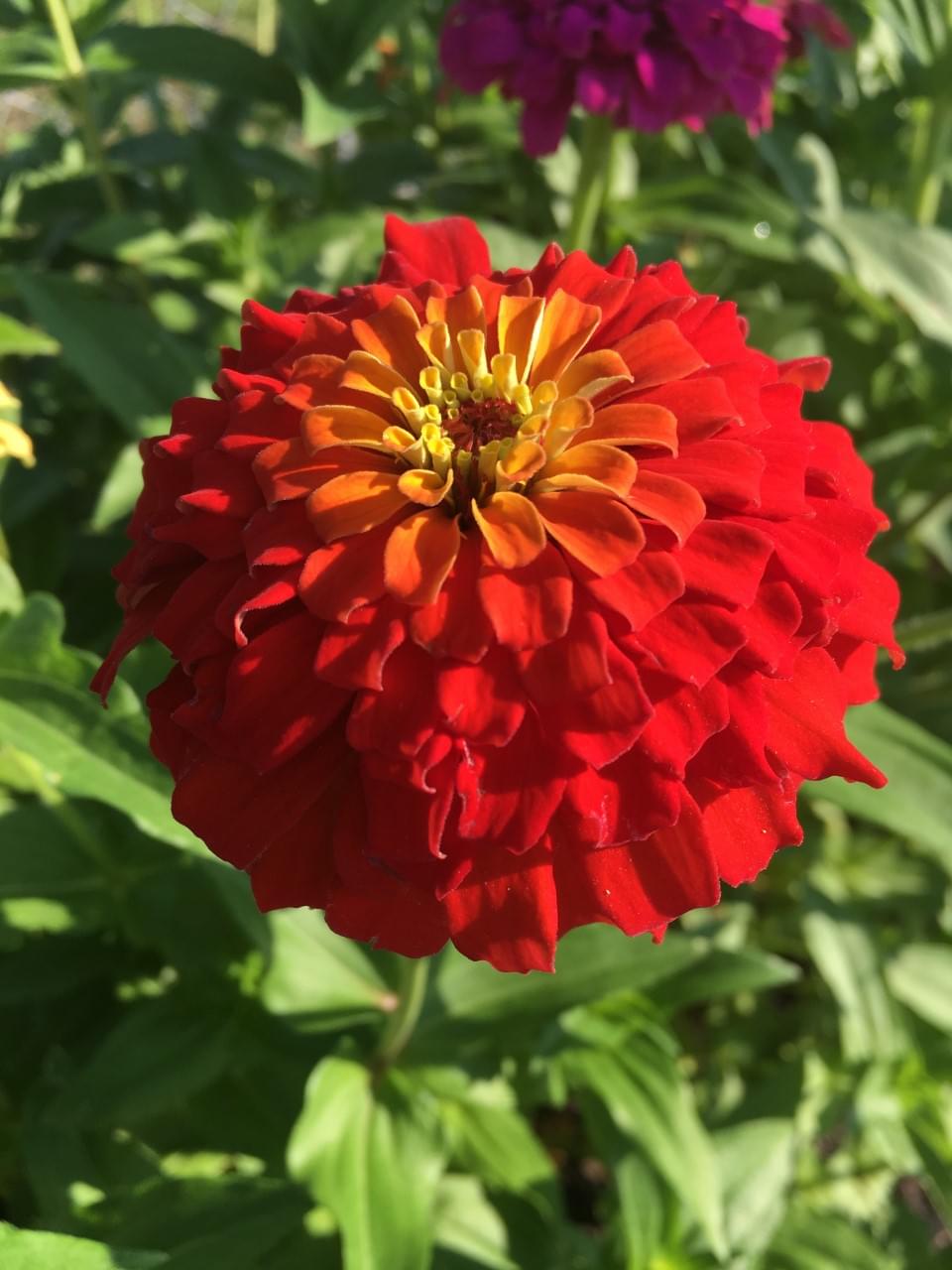As fall is just around the corner, September is a great time to start prepping your garden for cooler weather. Use these gardening tips below to enjoy being in the garden this fall:
Lawn
• Do not apply any more nitrogen to lawns; it is time for lawns to slow down growth for winter.
• If your soil test report showed low potassium levels, apply a high potassium fertilizer such as 0-0-50 (2 lbs. per 1,000 sq. ft.) by mid-September.
• If your lawn had problems with large patch in the spring, treat this fall.
• Days are getting shorter and cooler. Start cutting back on irrigation this month.
• If your lawn had problems with large patch in the spring, treat this fall with a fungicide.
Your Gardening Tips Sponsored By
Trees, Shrubs and Flowers
• Some years we see a trend of having a dry fall month around October. If we do have a dry spell in the fall months, be sure to water trees and shrubs if soil appears dry. Especially keep a close eye on those that were planted within the last year.
• Plant pansies and other winter annuals from mid-September through mid-October to get established before frost.
• Resist the urge to do any major pruning in the fall. Fall pruning depletes food reserves needed to initiate spring growth. Only prune out dead, dying or diseased branches.
• Save seeds from favorite self-pollinating annual flowers such as marigolds and zinnias by allowing the flower heads to mature. Lay seeds on newspaper and turn them often to dry. Store dry seeds in glass jars, envelopes or paper bags in a cool, dry, dark place.
• Fungal leaf spot diseases are common on trees and shrubs in fall but rarely need to be treated.
• September is a good time to divide and transplant spring-blooming perennials.
• Did you keep last year’s poinsettia? You can get it to flower by placing it in total uninterrupted darkness for 15 hours a day, starting the last week of September and continuing until colored bracts appear. Give them plenty of sunlight during the day.
Fruit, Vegetables and Herbs
• Set out broccoli, cauliflower, kale, cabbage, Chinese cabbage, collard, lettuce, spinach, and Swiss chard transplants in early September.
• Sow dill and cilantro for fall harvest.
• Muscadine grapes start ripening now and continue through the fall.
• Fall is a good time for improving your garden soil. Add manure, compost and leaves to increase organic matter content.
• Watch out for caterpillars and aphids on fall vegetable crops.
Jessica Strickland is an Agriculture Extension Agent, specializing in horticulture for North Carolina Cooperative Extension in Wayne County.
Learn More!
• Sign up for Wayne County Extension Gardening e-mail list to learn about upcoming workshops and receive timely gardening tips at https://wayne.ces.ncsu.edu/email-me
• “Like” us on Facebook to receive timely garden tips, ask questions, and learn of upcoming gardening events. www.facebook.com/waynecountygardening


